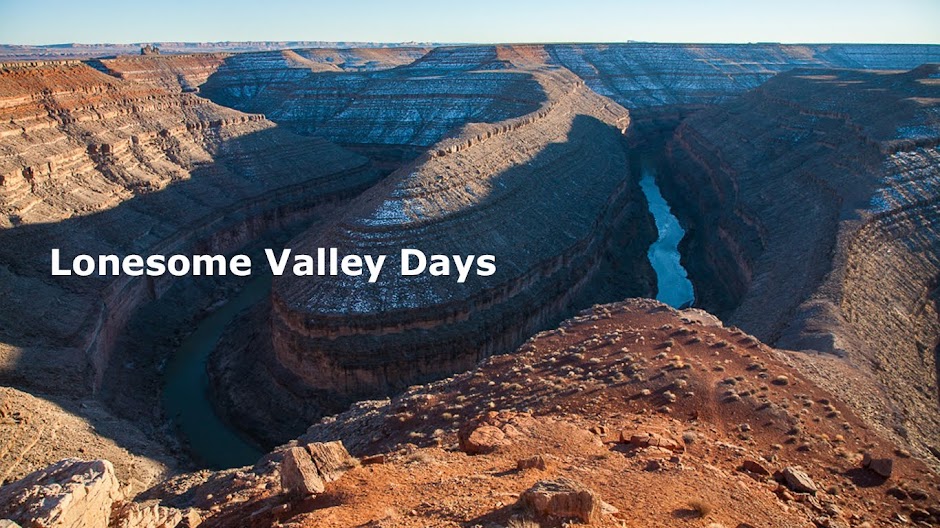 |
| SP Crater, Coconino County, northern Arizona. |
Across the southern edge of the Coconino Plateau. Meaning: the southern edge of the immense Colorado Plateau, too. Casual tourists who are not naturalists or geologists surely don't grasp the significance of driving off such an edge. It's not like you launch your car off into space. It's a highway, after all. Engineers designed the road to make it feasible to get down there from up here.
 |
| Edge of the Colorado Plateau, south of Williams, Arizona. |
So, down off the Colorado Plateau, into the beloved Central Arizona Highlands. That's their official name. My name for them is The In-Between Land. Because they're below the high country of Flagstaff, but still far above the hot desert of Phoenix.
Prescott still lay a bit beneath where I was. The Perkinsville Road, so nice to be back alone in such familiar haunts. I had intended to continue on down, to take a motel room for the night. But when I saw Woodchute Mountain again in the evening light, I changed my mind. I had all I needed for the night: warm bedding, food, and...most of all...a superlative view. Turn off the ignition, I'm home for the night. Out in this high, wide, lonesome spectacle of nature that I know.
 |
| Woodchute Mountain, from Perkinsville Road. |
Tomorrow will find me back down in Prescott. All is well.
Prints and photo products are available on my Fine Art America sales website:
http://stephen-krieg.pixels.com/
© Copyright 2014 Stephen J. Krieg




















